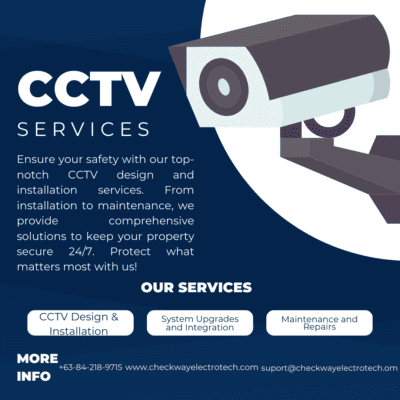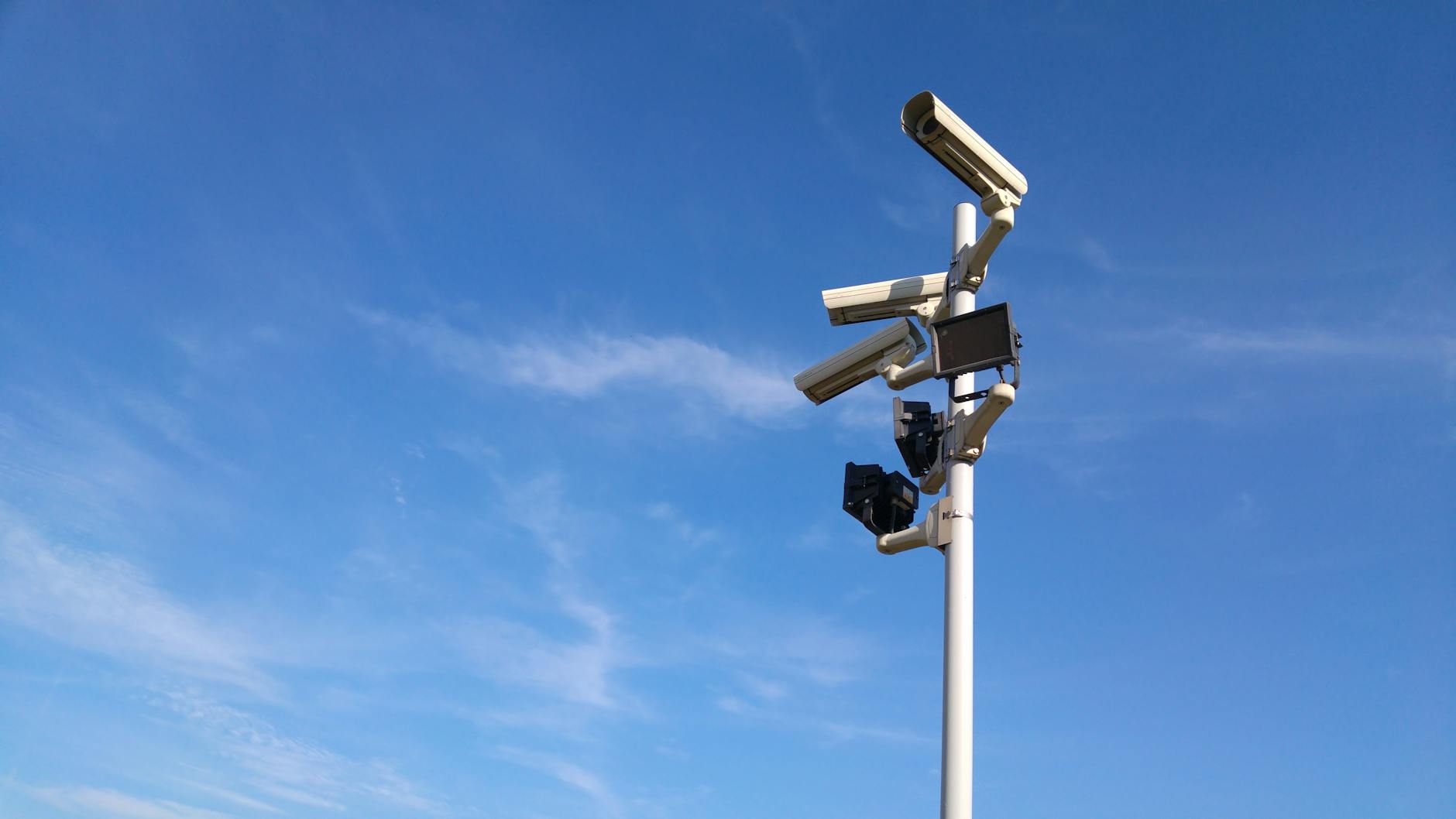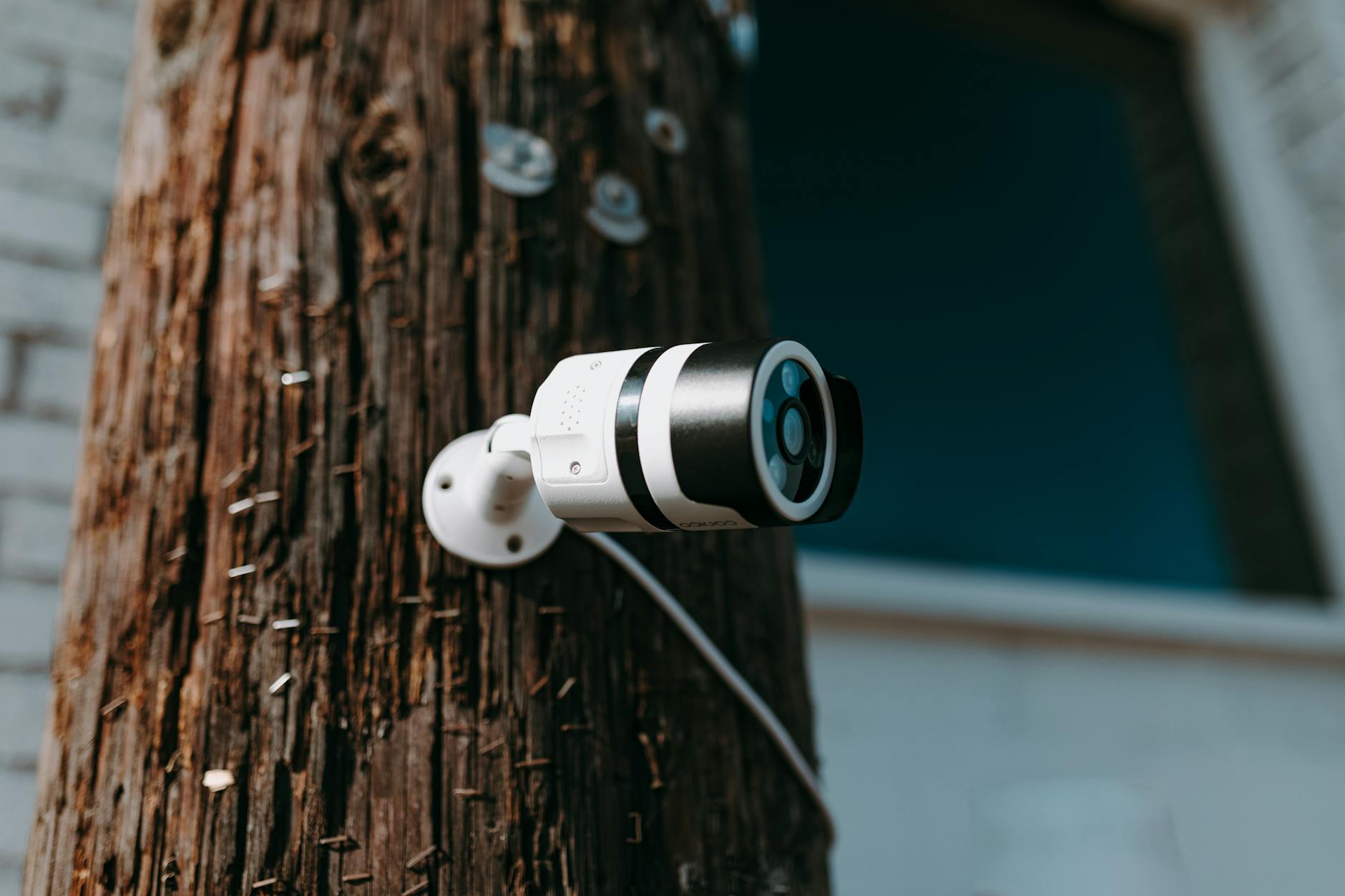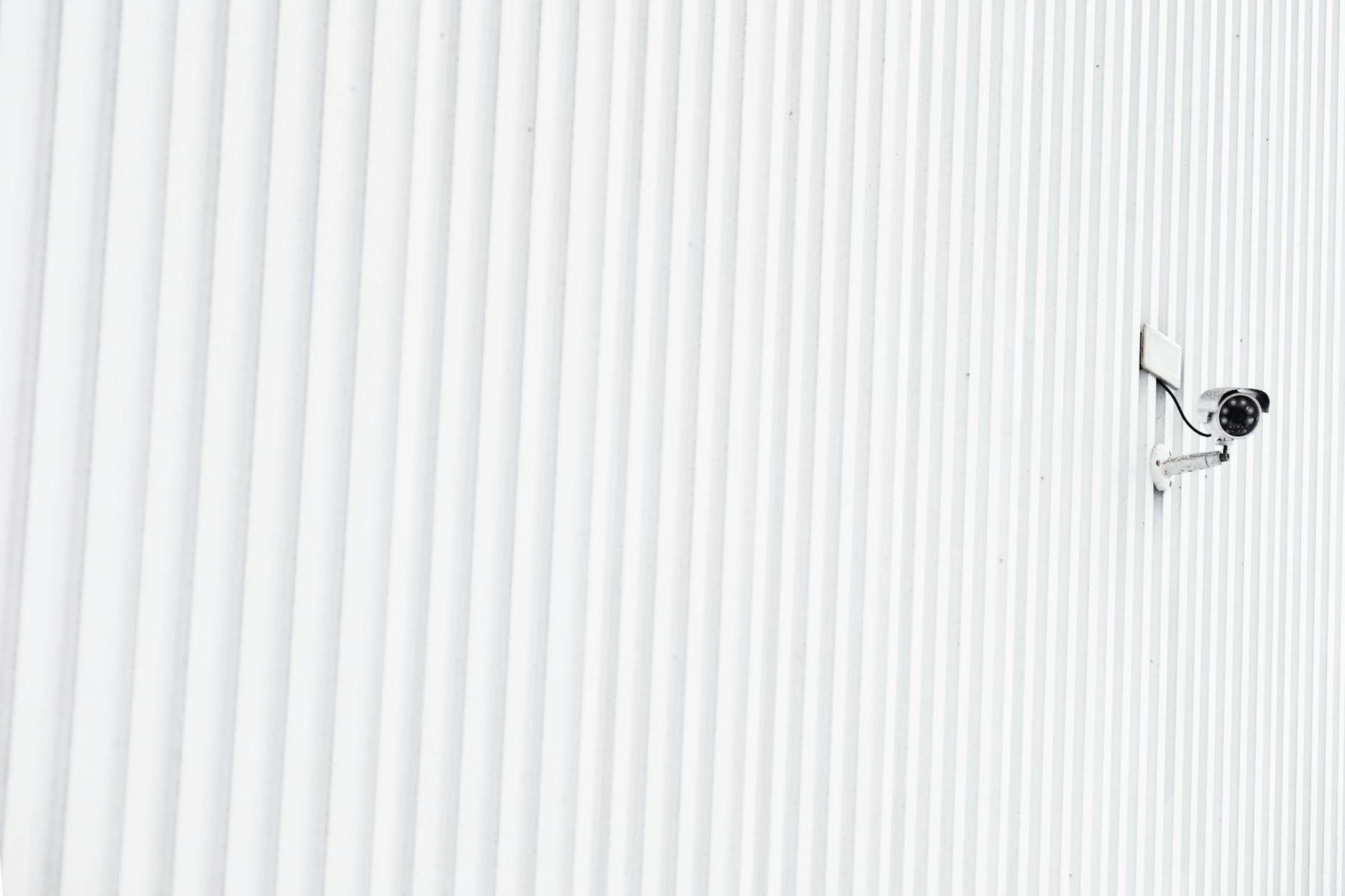Uncategorized
CCTV Basics: Everything You Need to Know About Security Cameras
22
Sep

CCTV Basics
Have you ever felt that unsettling sense of vulnerability when it comes to the safety of your home or business? In today’s world, where security concerns are on the rise, it’s crucial to take proactive measures to protect what matters most. Closed-Circuit Television (CCTV) systems have emerged as a powerful tool in the fight against crime and unauthorized access.
But here’s the challenge: with so many options available, how do you navigate the complex world of CCTV? From understanding the basics to choosing the right equipment and ensuring proper installation, the process can seem overwhelming. That’s where our comprehensive guide comes in. We’ll walk you through everything you need to know about CCTV systems, from the fundamental concepts to advanced features that can take your security to the next level. Let’s dive in and explore how you can harness the power of CCTV to create a safer environment for yourself, your loved ones, and your assets.

Understanding CCTV Systems
A. What is CCTV and how it works
Closed-Circuit Television (CCTV) is a surveillance system that uses cameras to monitor and record activities in specific areas. Unlike broadcast television, CCTV operates on a closed network, transmitting video footage to a limited set of monitors or recording devices.
The basic working principle of CCTV involves:
- Capture: Cameras record video footage
- Transmission: Video signals are sent through cables or wireless networks
- Processing: Video management systems process the incoming signals
- Display/Storage: Footage is displayed on monitors or stored for later review
B. Benefits of implementing CCTV
Implementing CCTV systems offers numerous advantages:
- Deterrence of criminal activities
- Enhanced security and safety
- Monitoring of employee productivity
- Evidence collection for investigations
- Remote surveillance capabilities
C. Key components of a CCTV system
A typical CCTV system consists of the following components:
| Component | Function |
|---|---|
| Cameras | Capture video footage |
| Monitors | Display live or recorded video |
| Recording devices | Store video footage |
| Cables/Wireless transmitters | Transmit video signals |
| Video management software | Control and manage the system |
D. Types of CCTV cameras
There are various types of CCTV cameras available, each suited for different applications:
- Dome cameras: Discreet, vandal-resistant, and suitable for indoor use
- Bullet cameras: Long-range, outdoor-friendly cameras with visible deterrence
- PTZ cameras: Pan-Tilt-Zoom cameras for wide area coverage and remote control
- Thermal cameras: Detect heat signatures, ideal for low-light conditions
- IP cameras: Network-connected cameras with digital video transmission
Now that we’ve covered the basics of CCTV systems, let’s explore how to choose the right CCTV equipment for your specific needs.

Choosing the Right CCTV Equipment
Now that we understand the basics of CCTV systems, let’s explore how to select the most suitable equipment for your security needs.
A. Storage options
When it comes to storing your CCTV footage, you have several options:
- Network Video Recorders (NVR)
- Digital Video Recorders (DVR)
- Cloud storage
- Local storage (SD cards)
| Storage Type | Pros | Cons |
|---|---|---|
| NVR | High capacity, remote access | Requires network setup |
| DVR | Cost-effective, easy setup | Limited to analog cameras |
| Cloud | Accessible anywhere, scalable | Ongoing subscription costs |
| Local | No network needed, budget-friendly | Limited capacity, risk of theft |
B. Night vision capabilities
For 24/7 surveillance, night vision is crucial. Consider:
- Infrared (IR) illumination range
- Low-light performance
- Color night vision technology
C. Resolution and image quality
Higher resolution means clearer images, but also larger file sizes. Common resolutions include:
- 720p (HD)
- 1080p (Full HD)
- 4K (Ultra HD)
D. Indoor vs. outdoor cameras
Choose cameras based on their intended location:
- Indoor cameras: Compact, discreet designs
- Outdoor cameras: Weather-resistant, vandal-proof housings
E. Assessing your security needs
Before making a final decision, evaluate:
- Area to be monitored
- Lighting conditions
- Budget constraints
- Legal requirements
With these factors in mind, you’ll be better equipped to select the right CCTV equipment for your specific situation. Next, we’ll delve into the crucial aspects of installation and placement to ensure your chosen equipment performs optimally.

Installation and Placement
Now that we’ve covered the essentials of CCTV equipment, let’s dive into the crucial aspects of installation and placement. Proper setup is key to maximizing the effectiveness of your CCTV system.
Wired vs. Wireless Setups
When it comes to CCTV installation, you have two main options: wired and wireless setups. Here’s a comparison to help you choose:
| Feature | Wired | Wireless |
|---|---|---|
| Reliability | More stable connection | Potential interference |
| Installation | More complex, requires cabling | Easier, more flexible |
| Range | Longer distances possible | Limited by signal strength |
| Power source | Constant power supply | Battery-powered or outlet-dependent |
| Data security | Less vulnerable to hacking | Requires encryption |
Legal Considerations and Privacy Concerns
Before installing your CCTV system, it’s crucial to be aware of:
- Local laws and regulations regarding surveillance
- Privacy rights of neighbors and passersby
- Proper signage requirements
- Data protection and storage guidelines
DIY Installation vs. Professional Services
Deciding between DIY and professional installation depends on several factors:
- Complexity of the system
- Your technical expertise
- Time and effort you’re willing to invest
- Budget considerations
For complex setups or if you’re unsure, professional installation can ensure optimal performance and compliance with regulations.
Optimal Camera Locations
To maximize coverage and deterrence:
- Focus on entry points: doors, windows, and gates
- Cover vulnerable areas like driveways and backyards
- Ensure cameras are visible to deter potential intruders
- Place cameras at optimal heights to avoid obstructions
- Consider lighting conditions for clear day and night footage
With these installation and placement strategies in mind, you’ll be well-prepared to set up an effective CCTV system. Next, we’ll explore how to maintain your CCTV system for long-term reliability and performance.

Maintaining Your CCTV System
Now that you have your CCTV system installed, it’s crucial to keep it in top condition for optimal performance. Regular maintenance ensures your system remains reliable and effective in protecting your property.
A. Troubleshooting common issues
When it comes to CCTV systems, several issues can arise. Here’s a quick guide to addressing common problems:
- Blurry or distorted images
- Camera not powering on
- No video feed
- Intermittent signal loss
To resolve these issues, try the following steps:
| Issue | Troubleshooting Steps |
|---|---|
| Blurry images | Clean camera lens, adjust focus |
| No power | Check connections, replace power adapter |
| No video feed | Verify cable connections, restart system |
| Signal loss | Check for interference, replace cables |
B. Software updates and firmware upgrades
Keeping your CCTV system’s software and firmware up-to-date is essential for:
- Improved performance
- Enhanced security features
- Bug fixes
- Compatibility with new devices
Regularly check the manufacturer’s website for available updates and follow their instructions for installation.
C. Regular cleaning and inspections
To maintain your CCTV system’s longevity and effectiveness:
- Clean camera lenses monthly with a soft, lint-free cloth
- Inspect cables and connections for wear or damage
- Check camera housings for moisture or dust accumulation
- Verify that cameras are securely mounted and properly aligned
By following these maintenance practices, you’ll ensure your CCTV system continues to provide reliable surveillance and security for your property. Next, we’ll explore some advanced CCTV features that can further enhance your system’s capabilities.

Advanced CCTV Features
Modern CCTV systems have evolved far beyond simple video recording. Let’s explore some of the cutting-edge features that are transforming surveillance technology.
Integration with Other Security Systems
CCTV systems can now seamlessly integrate with various security components, creating a comprehensive security network. This integration enhances overall safety and streamlines management.
| Integration Type | Benefits |
|---|---|
| Access Control | Correlates video with entry/exit events |
| Alarm Systems | Provides visual verification of alerts |
| Fire Detection | Aids in assessing fire situations remotely |
| Perimeter Security | Enhances boundary protection |
Facial Recognition Technology
Facial recognition has become a game-changer in CCTV surveillance. This technology can:
- Identify known individuals in real-time
- Alert security personnel to unauthorized access
- Aid in investigations by searching archived footage
Motion Detection and Alerts
Advanced motion detection algorithms have significantly reduced false alarms while improving threat detection:
- Customizable sensitivity settings
- Zone-specific monitoring
- Instant notifications to security personnel or property owners
Remote Viewing and Mobile Access
The ability to access CCTV feeds from anywhere has revolutionized surveillance:
- Live streaming to smartphones or tablets
- Playback of recorded footage on-the-go
- Remote camera control and system management
These advanced features not only enhance security but also provide convenience and peace of mind. As we continue to see technological advancements, CCTV systems will undoubtedly become even more sophisticated and user-friendly.

CCTV systems are a crucial component of modern security infrastructure, offering peace of mind and protection for homes and businesses alike. By understanding the basics of CCTV, from choosing the right equipment to proper installation and maintenance, you can maximize the effectiveness of your surveillance system. Remember to consider factors such as camera resolution, storage capacity, and advanced features like motion detection and remote viewing when setting up your CCTV network.
As technology continues to evolve, CCTV systems are becoming increasingly sophisticated and user-friendly. By staying informed about the latest advancements and regularly updating your system, you can ensure that your property remains secure and well-protected. Whether you’re a homeowner or a business owner, investing in a quality CCTV system is an investment in safety and security that will pay dividends for years to come.



Pingback: Enhancing Your CCTV System: The Importance of Regular Maintenance - checkwayelectrotech.com %post_title% - Best Guide & Tips | %site_title%